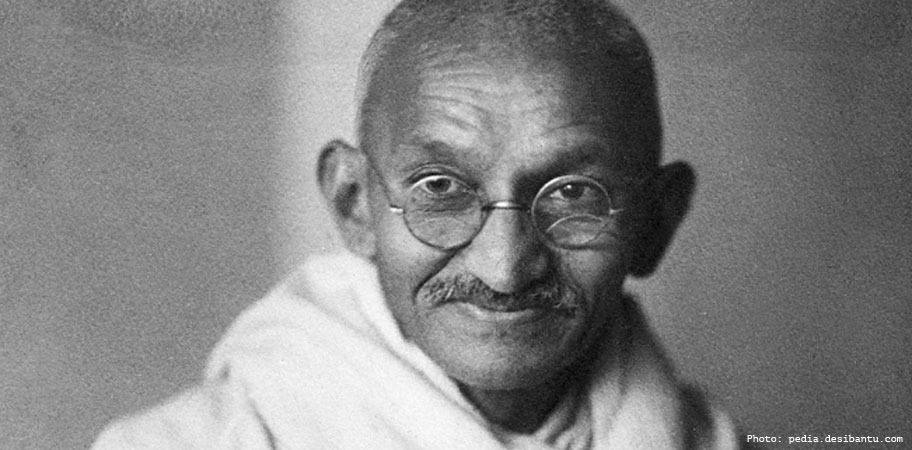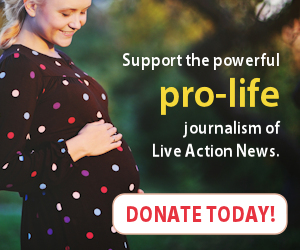Most know Mahatma Gandhi as the leader of the Indian independence movement against Britain and an advocate for peaceful and non-violent civil disobedience. Gandhi was a devout believer in Ahimsa, or the way of non-violence to be observed towards all human beings. It should be no surprise, then, that he opposed abortion.
In his book, All Men Are Brothers: Autobiographical Reflections, Gandhi wrote on page 150 that “[t]he essence of goodness is: to preserve life, promote life, help life to achieve its highest destiny. The essence of evil is: destroy life, harm life, and hamper the development of life… It seems to me as clear as daylight that abortion would be a crime.”
He also reportedly opposed birth control in addition to abortion, and thought that both would lead to the objectification of women. “The perfection of the anti-conceptional practice and the methods of bringing about abortion has led to the emancipation of either sex from all moral restraint. No wonder marriage itself is laughed at,” he said.
“It is an insult to the fair sex to put up her case in support of birth-control by artificial methods. As it is, man has sufficiently degraded her for his lust, and artificial methods, no matter how well meaning the advocates may be, will still further degrade her,” he also said. “I urge the advocates of artificial methods to consider the consequences. Any large use of the methods is likely to result in the dissolution of the marriage bond and in free love… Birth control to me is a dismal abyss.”
What we know today is that abortion affects not only preborn human beings, but their mothers. Many women struggle with depression, anxiety, drug and alcohol abuse, and other difficulties, soon after their abortions, or even decades later. Many women experience post-abortion regret and grief. Some women may also experience physical problems as a result of their abortions.
Why would Gandhi oppose abortion, something so many people see as a social good? Well, looking at the procedures themselves, it’s clear that they are violent, cruel practices. Dr. Anthony Levatino, a former abortionist, explains in this video how a dilation and evacuation — or a D&E — abortion is performed, the most common second trimester abortion:
The abortionist first inserts laminaria into the woman’s cervix to begin the dilation process, which takes 24 to 48 hours. When she returns to the abortion facility, the abortionist will dilate her cervix further before inserting a catheter into her uterus, suctioning out the amniotic fluid. Once the fluid has been removed, he will use a sopher clamp — an instrument used to grasp body parts with sharp “teeth” — to tear the preborn baby’s arms and legs from his body. He will continue to rip the baby apart, finding other body parts and organs and removing them. Lastly, and the most difficult part of the abortion, he will find, grasp, and then crush the baby’s head. The abortionist will finish by using a curette to scrape the woman’s uterus to remove the placenta and any remaining body parts.
New research indicates that preborn babies can feel pain as early as the first trimester. This is in addition to the scientifically proven fact that preborn children are human beings, separate and distinct from their mothers, from the moment of fertilization.
Given these facts, it’s not altogether surprising that someone like Gandhi, who abhorred violence and spent his life in vocal opposition to it, would also oppose abortion. It’s an inherently violent act that purposely takes human life. There’s no way to support abortion while also opposing violence.








